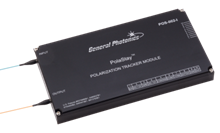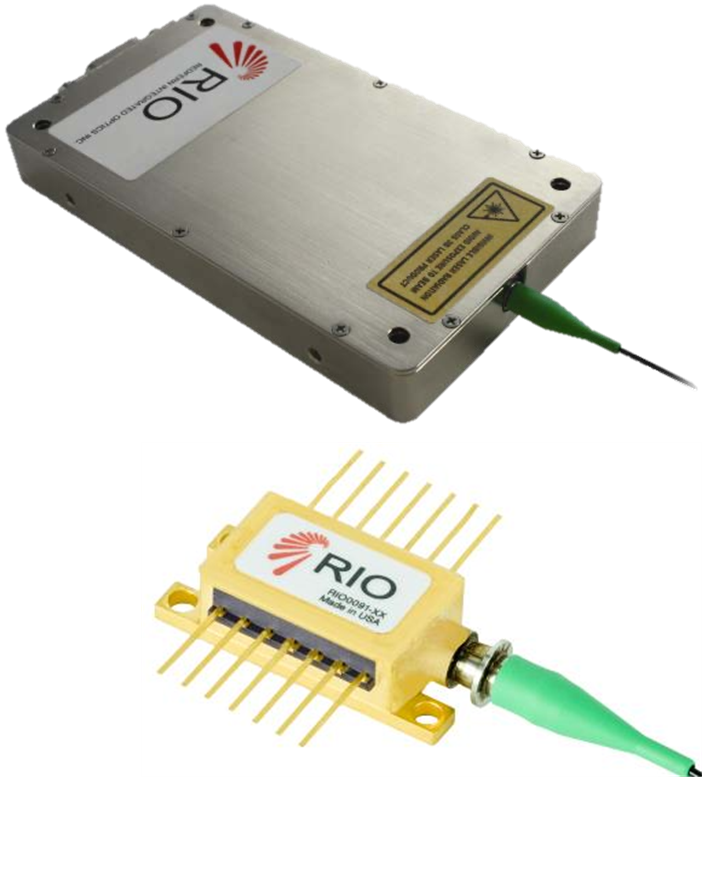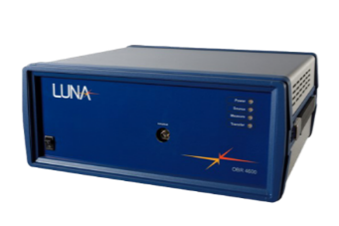Luna’s Solutions for Quantum Communications
Cyber attacks on sensitive data are increasing at an alarming rate with the annual cost of cybercrime reaching $10.5 trillion by 2025 according to McKinsey. Quantum communication technology is positioned to solve this problem.
In the Quantum key distribution (QKD) communication technique, for example, two distant parties share encrypted data as classical bits over networks, while the randomly generated keys to decrypt the information are encoded (in polarization, frequency, or phase) and transmitted in a quantum state using qubits, which then enables secure encrypted communication via the classical internet.
Polarization Control
In fiber-based QKD systems, the state of polarization (SOP) fluctuates due to the random birefringence induced by the  thermal stress, mechanical stress, and irregularities of the fiber core, causing the QKD system to be vulnerable to environmental disturbance and significantly affecting its performance. For example, the polarization reference keys shared by the transmitter and the receiver sides will be misaligned in polarization encoding QKD systems, which will directly increase the quantum bit error rate (QBER) of the system.
thermal stress, mechanical stress, and irregularities of the fiber core, causing the QKD system to be vulnerable to environmental disturbance and significantly affecting its performance. For example, the polarization reference keys shared by the transmitter and the receiver sides will be misaligned in polarization encoding QKD systems, which will directly increase the quantum bit error rate (QBER) of the system.
Moreover, in phase encoding QKD systems, polarization fluctuation will reduce the fringe visibility and consequentially increase the QBER of the systems. Luna’s fiber-squeezer-based polarization controllers/trackers are well-suited to control and track the polarization basis and compensate for any polarization drifting. The ultra-low insertion loss of < 0.05 dB increases the key rate and extends the channel distance (a.k.a linear bound), especially in QKD systems based on a single-photon detection signal.
Lasers
 Narrow linewidth, fine tunability, and low phase noise are common requirements for lasers used in QKD systems. In twin-field (TF) QKD protocol, for example, optical phase-locked loop (OPLL) architecture is employed in the source part to generate the twin fields between the sender and receiver parties. Once the OPLL is locked, the phase difference between the master and slave lasers is stable, and these two lasers have the same frequency. Luna’s single frequency, highly stable, ultra-narrow linewidth, and low noise RIO external cavity laser is based on the Integrated Photonics Platform and well-positioned for Quantum related applications, including quantum communication. RIO lasers come with unmatched wavelength stability over life and temperature, wavelength tunability up to 30 pm, direct power/frequency modulation, and very low sensitivity to vibration and acoustic noise.
Narrow linewidth, fine tunability, and low phase noise are common requirements for lasers used in QKD systems. In twin-field (TF) QKD protocol, for example, optical phase-locked loop (OPLL) architecture is employed in the source part to generate the twin fields between the sender and receiver parties. Once the OPLL is locked, the phase difference between the master and slave lasers is stable, and these two lasers have the same frequency. Luna’s single frequency, highly stable, ultra-narrow linewidth, and low noise RIO external cavity laser is based on the Integrated Photonics Platform and well-positioned for Quantum related applications, including quantum communication. RIO lasers come with unmatched wavelength stability over life and temperature, wavelength tunability up to 30 pm, direct power/frequency modulation, and very low sensitivity to vibration and acoustic noise.
Device Testing and Characterization
The recent developments of Quantum Photonic Integrated Circuits (QPICs) aim to reduce the bulky quantum  systems to fully integrated chip-scale photonic circuits, improving performance, stability, and manufacturability. Luna’s optical backscatter reflectometer (OBR) and optical vector analyzer (OVA) instruments provide a fundamentally better way to fully characterize QPICs and other integrated devices. The OBR and OVA provide comprehensive waveguide analysis in seconds, reducing iterations in the design, fabrication, and test process, which means faster time to market, and greatly reduced cost of test
systems to fully integrated chip-scale photonic circuits, improving performance, stability, and manufacturability. Luna’s optical backscatter reflectometer (OBR) and optical vector analyzer (OVA) instruments provide a fundamentally better way to fully characterize QPICs and other integrated devices. The OBR and OVA provide comprehensive waveguide analysis in seconds, reducing iterations in the design, fabrication, and test process, which means faster time to market, and greatly reduced cost of test
Luna Products featuring Quantum Technology
To learn more about these Luna products for quantum technology, check out the following links
- Polarization control products
- RIO narrow linewidth lasers
- OBR and OVA for device testing and characterization
- Delay Control Products